About The Sabbats
Each year, the earth experiences a cycle. The birth of early spring, the life of summer, the dying of the fall, and then the quiet death of winter, when it hibernates in a state of rest to prepare for its coming rebirth. The sun, as viewed from the earth, experiences a similar movement. Early in the year, the days are short and the nights are long, but slowly the sun shines its light more and more as it reaches the Spring equinox, when the day and night are equal in length. From that point, the hours of sunlight outweigh the darkness, and the days continue to grow longer until Summer Solstice. Then the days start getting shorter again. This continues through the Autumnal Equinox until the Winter Solstice, the shortest day of the year. After which, the sun is ‘reborn’ and the light begins to return once more. This predictable pattern is what kept our ancestors alive. The sun’s relationship to earth told them when to plant crops, when to harvest and when to rest. In order to mark these days, cultures around the world celebrated these times.
In modern Pagan faiths, we call this rhythm the Wheel of the Year. Each of the 8 festivals, called Sabbats, are spokes of this wheel. Each Sabbat, we celebrate the successful completion of another segment. The festivals are divided into two groups. The 4 Quarters, or Solar festivals are based on the sun’s movement, the equinoxes and solstices. The 4 Cross-Quarters, or Fire Festivals, are spaced in between.
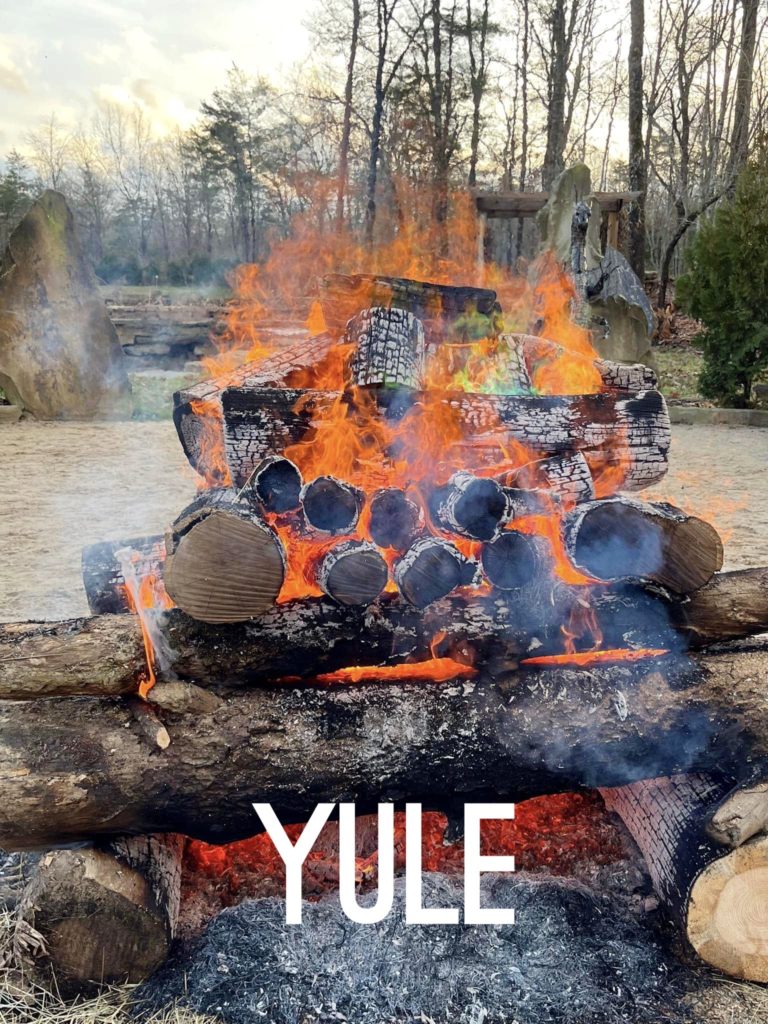
Yule- (Midwinter, Winter Solstice) December 21st-22nd
Yule, or winter solstice, is the shortest day of the year. The harvest has ended and winter has begun. We are entering a time of rest and introspection as we prepare to enter the coldest weeks of the year. In many pagan traditions this is celebrated by staying up all night. Fires are kept burning and celebrants hold vigil, waiting for dawn, to watch the “rebirth” of the sun, the God, and return of the light. This is the time of the Wild Hunt. The yule log is lit and gifts are exchanged. Wassailing is also a common tradition. Pagans enter orchards, sing and leave offerings to the fruit trees, in hopes of a prosperous harvest next year. Some traditions celebrate the story of the Holly King and the Oak King during this time- a wonderful fable involving two Kings who battle twice a year. At Yule, the Holly King defeats the Oak King and begins his six-month reign. Some pagans bring a Yule Tree (a precursor to the christmas tree) into their homes. Evergreen trees are a symbol of rebirth, a reminder that when the rest of the world seems dead, some life remains.
Pic Credit: Debbie B.G.
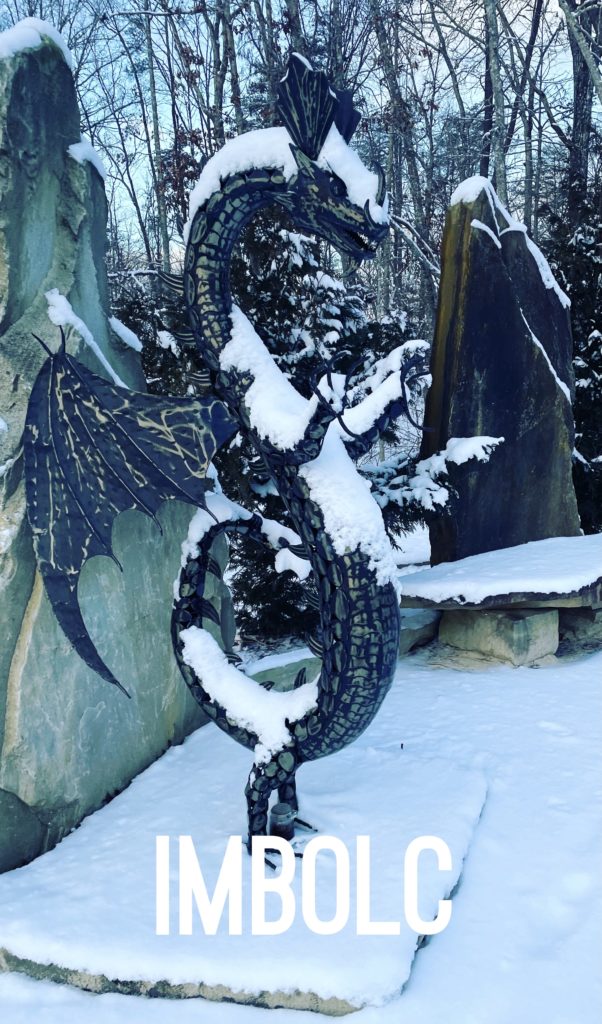
Imbolc- (St Brigid’s Day, Candlemas) February 2nd
Imbolc takes place halfway between Winter Solstice and the Spring Equinox and is the first of the 3 spring festivals. While the days have technically been getting longer since Yule, this is the first period of time with a noticeable difference. This is the time of planning, when farmers begin to think about what crops to plant. In some places, the ground is already beginning to thaw, and fields can start to be prepared. For the rest of us, this is a good time to think about long term goals and make plans to bring them to fruition. Some Pagan traditions see this as the time the Goddess enters her “Maiden” phase. Imbolc- also spelled “Imbolg”, literally means “in the belly”. This comes from the celebration of the Ewes beginning milk production. In modern times, when we have supermarkets and pizza delivery, it’s easy to forget that our ancestors did not always have food so easily accessible. By this time, the food that they had stored from the last harvest was beginning to run low. The milk and dairy provided by their animals was not only a boost to their diet but a reminder that the cold months were coming to a close and new life was on the way.
Pic Credit: Brie R.

Ostara- (Vernal/Spring Equinox) March 21st-22nd
The equinox is a time of balance, when day and night are equal and the second of the spring festivals. As the sun strengthens and the temperatures rise, this is a time of fertility, revival and growth. Seeds and crops are planted and flowers, dormant since the year before, begin to bloom. Many pagans choose to honor the goddess Eostre during this time, a fertility goddess, represented by the rabbit. This is a great time for spring cleaning, both mundane and energetically, as we open our windows to the warming air and ‘clear out’ the dust and stale that has acquired during the winter hibernation.
Pic Credit: Jenny C.
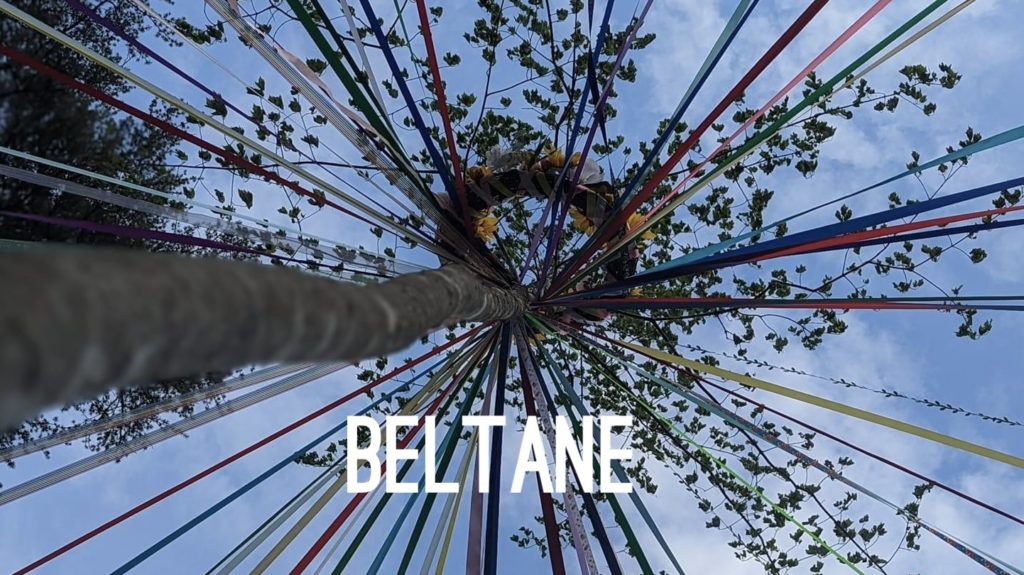
Beltane- (May Day) May 1st
Beltane is the last of the Spring festivals as we shift into Summer. Crops have been planted and the livestock would be sent to the summer pastures and we wait for their growth. We celebrate by erecting Maypoles, traditionally made of Birch or Ash, and wrapping them in colorful ribbon with a swirling dance. Our ancestors would burn huge bonfires with protective properties to safeguard their crops and animals until the harvest. In modern times, when many of us no longer rely on our own crops or livestock for food, we ask for prosperity and abundance in other things- finances, health and relationships for example.
Pic Credit: Catherine G.
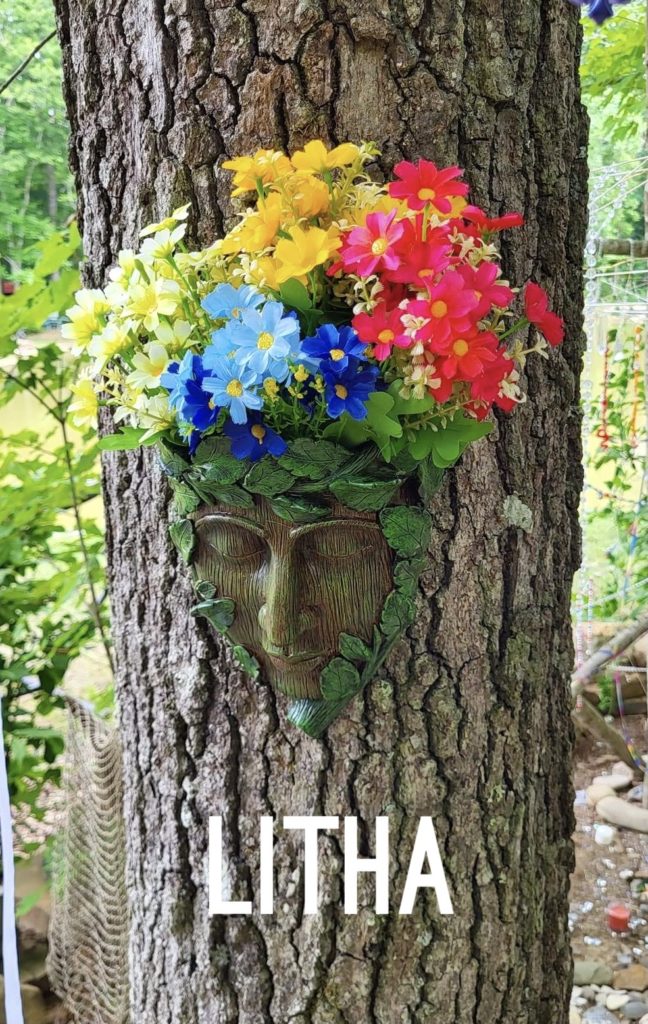
Litha- (Midsummer, Summer Solstice) June 20th-22nd
Litha is the summer solstice, the longest day of the year. In some Pagan traditions, this is considered the height of the God and Goddess’s power, and the Goddess is in the “Mother” phase. Ancient civilizations around the world held this day in high worship and experts believe that Stonehenge was built to mark this day specifically. Bonfires are built in honor and celebration. Many Pagans associate this as a time to honor the Fae, and Shakespeare’s famous play, A Midsummer Night’s Dream, was inspired by this belief. Some also celebrate this as the second of the Holly King and Oak King’s battles, and the beginning of the Oak King’s reign. During this time, we enjoy the warm weather and celebrate the remaining weeks of the end of summer before we start gearing up for the busy harvest season. While the harvest may not be a concern for some modern pagans, in many Pagan families, this same energy can still be seen as a chance to relax and have fun before the whirlwind of “back-to-school” time.
Pic Credit: Johnny W.
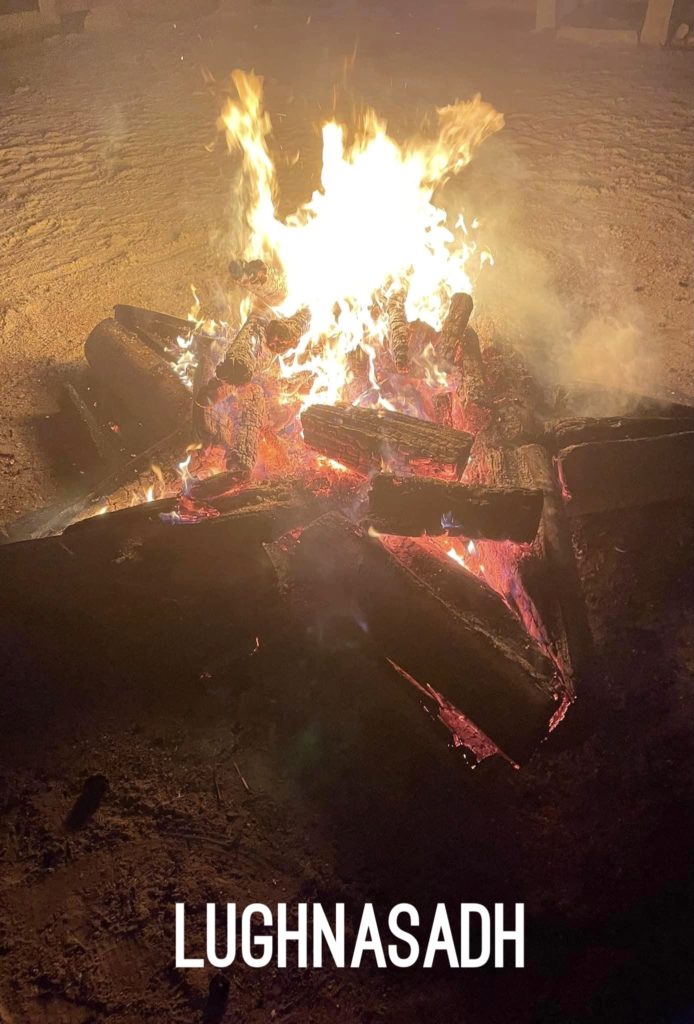
Lughnasadh/Lammas- August 1st
Lughnasadh, also known as Lammas, is the first of the harvest festivals. The days are noticeably shorter now and autumn is nearly upon us. This is the time when the first crops are ready to be collected, specifically the grain. Pagans celebrate this time by making corn dollies, baking bread and leaving offerings. Handfastings are very common during this time.
Pic Credit: Blakely C.
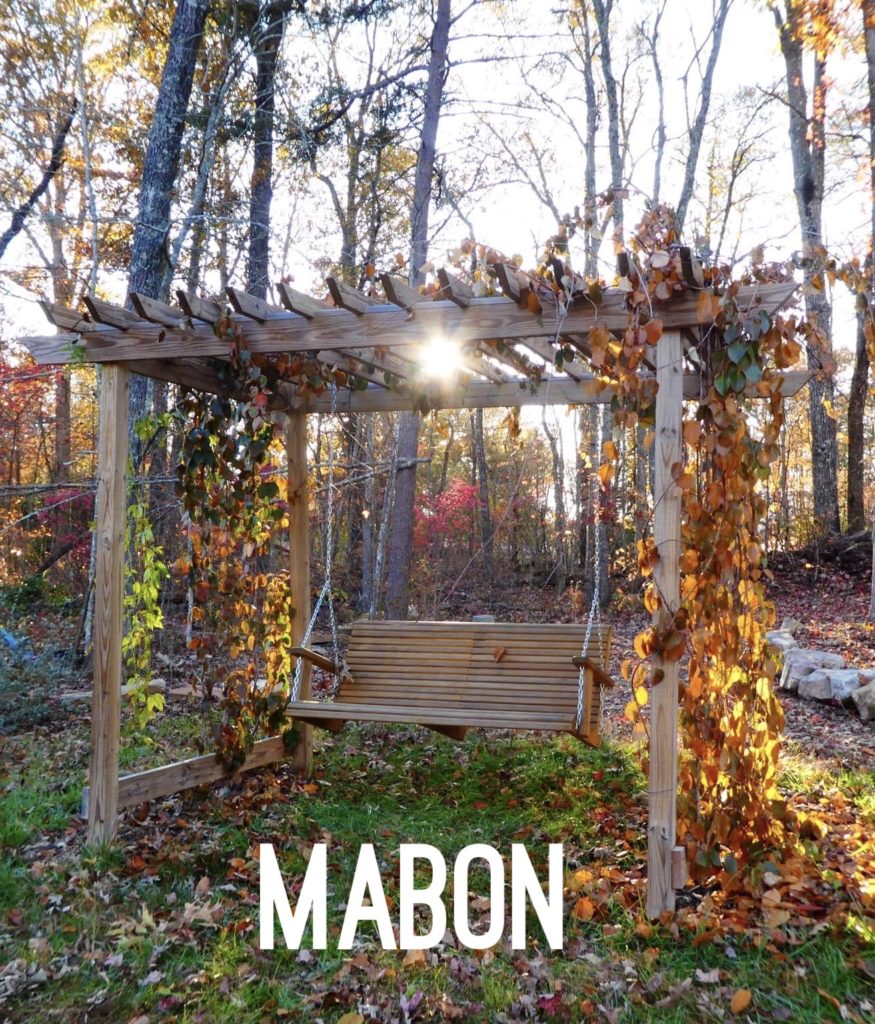
Mabon- (Autumn Equinox) September 21st-23rd
Mabon, sometimes referred to as “Pagan Thanksgiving” is the second of the harvest festivals. It is the time we celebrate the gathering of the fruits and vegetables. Apples and apple based recipes are a common symbol of the holiday. Some pagan traditions believe that the Gods power is beginning to wane as the days grow shorter and we prepare for the winter months. Much like during the Spring equinox, Mabon is a time of balance and many pagans do a deep clean of their homes during this time, to prepare for the coming winter.
Pic Credit: Debbie B.G.

Samhain- (Halloween) Oct 31st
Samhain is the final spoke of the wheel, and halfway between the Autumn Equinox and Winter Solstice. It’s commonly called the Witches New Year and while it is the most well known of all the Sabbats, it’s also the most misunderstood. In some pagan traditions this is when the Goddess transitions to her Crone phase and the God dies (and then is reborn on Yule) and many Pagans burn a wicker man in effigy. Some believe this is the day the veil between the world of the living and those who have passed on is the thinnest. Dumb Suppers, a tradition where a plate of food is served for our ancestors and the meal is eaten in silence, is common. Candles and fires are lit to help the spirits find their way on their journey. Ancient Celts left offerings and treats on the outskirts of their villages for the fae, a tradition that eventually evolved into “trick-or-treating”. This is the end of the cycle, and also the beginning, the full turn of the wheel.
Pic Credit: Jenny C.